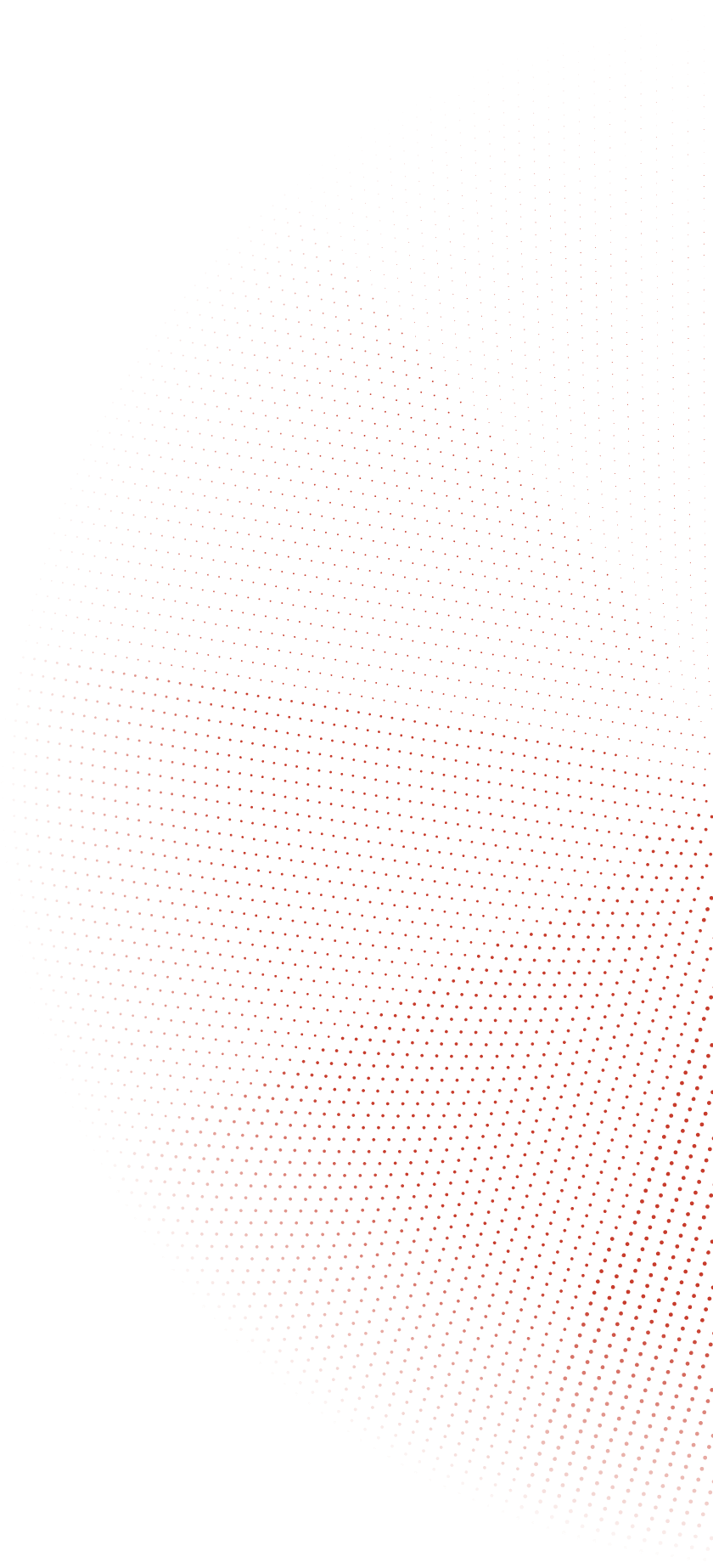Ultra Wideband is a wireless technology intended for digital data transmission over short distances at low power density. The name reflects that the technology occupies a large bandwidth of the radio frequency spectrum. How large exactly? In unlicensed applications, the UWB uses short-duration pulses over a spectrum of frequencies between 3.1 GHz to 10.6 GHz.
A Short History of Ultra-Wideband
Ultra Wideband dates back to the beginning of radio when G. Marconi used spark-gap transmitters in transatlantic radio communication. The technology evolved considerably in the mid 20th century mainly in the U.S. As it proved to be useful both as a radar and a communication technology, UWB was restricted to military applications from the 1960s to the 1990s.
In 2002 the Federal Communication Commission (FCC) finally allowed the unlicensed use of UWB systems in radar, public safety and data communication applications. FCC made the decision following a growing interest in the UWB technology. However, the FCC clipped its wings quite a bit, setting strict rules on the allowed frequencies and power limits. This marked the beginning of the commercial utilisation of UWB as a short-range communication technology.
The excitement was initially high when FCC came forth with its decision, but there were continuous disagreements between market players. This led to delays on standardisation by the IEEE in the following years. If you’re interested in the details, Steven J. Crowley has written a thorough blog post about it.
Analysts back then predicted a bright future for the UWB technology in the Wireless Personal Area Networks (WPANs) market, since it allowed the transfer of large amounts of data. For digital home applications such as streaming HD videos, this would have been great. However, the UWB did not manage to achieve the promised data rates while other competitors such as Wi-Fi did. This led to WiMedia, the industry organisation pushing the adoption, closing its doors in 2009.
Ultra-Wideband and Indoor Positioning
Still, there are a number of applications where UWB is superior to its competitors, such as radar and precision location. Currently, the market for precision locating technology shows trends similar to when GPS use was rapidly growing in different sectors. Market analysts predict that in the next few years the UWB-based indoor positioning market will continue to see double-digit growth.
The reasons why the UWB technology performs well in indoor positioning applications essentially boil down to the inherent characteristics of the Ultra Wideband signal, such as:
- Superior performance in multipath – Anyone attempting to use precise positioning indoors will be faced with multipath. This is the reflections that the transmitted signal causes from different surfaces (such as walls, equipment and people). UWB technology is much more resilient to multipath compared to narrowband due to the fact that it transmits short pulses over a large bandwidth.
- The ability to penetrate obstacles – Low frequencies on the UWB frequency spectrum have long wavelengths. This enables to successfully use the technology in non-line-of-sight communication. The ability to penetrate different materials has made UWB technology an attractive choice for both RTLS and radar applications.
- No disturbance to other wireless technologies – UWB seems noise-like due to the signal having very low power and spreading evenly across a wide spectrum. This is a strong positive as it is both hard to intercept a UWB signal but also allows it to safely coexist with other radio technologies.
- High precision ranging – UWB technology generates short pulses that can be measured very precisely. Combined with time-of-flight measurements, this enables it to achieve precise location down to centimetres.
In a nutshell, Ultra Wideband has been around for a long time. Despite the difficulties in getting off the ground, this wireless technology has become a serious contender on the indoor RTLS market. UWB is likely to be a key technology in developing future connected Internet of Things applications.

